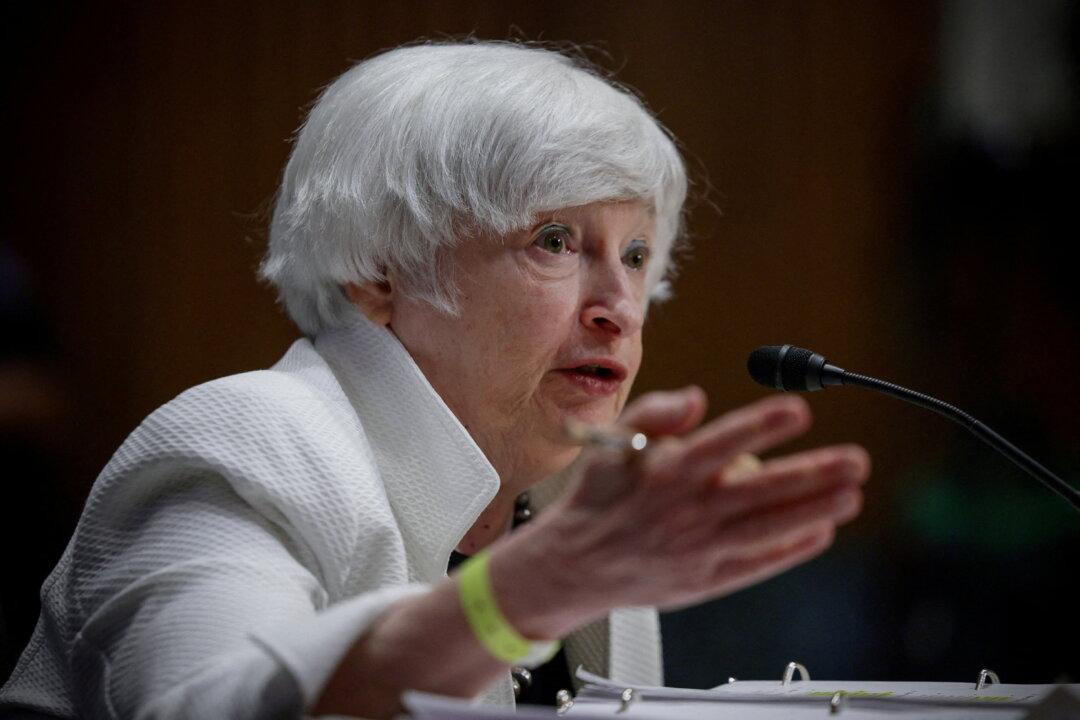U.S. Treasury Secretary Janet Yellen insisted that not all recessions are alike and that it might be possible to bring down inflation while maintaining full employment.
The usual view that two quarters of negative growth indicates a recession “has typically worked,” Yellen said to reporters on June 21 when asked about how she would measure a recession, Reuters reported. “But recessions aren’t all the same … There are deep recessions. There are shallow recessions. There are recessions that have rapid recovery. There are recessions that might raise the unemployment rate slightly, but not a whole lot.”





